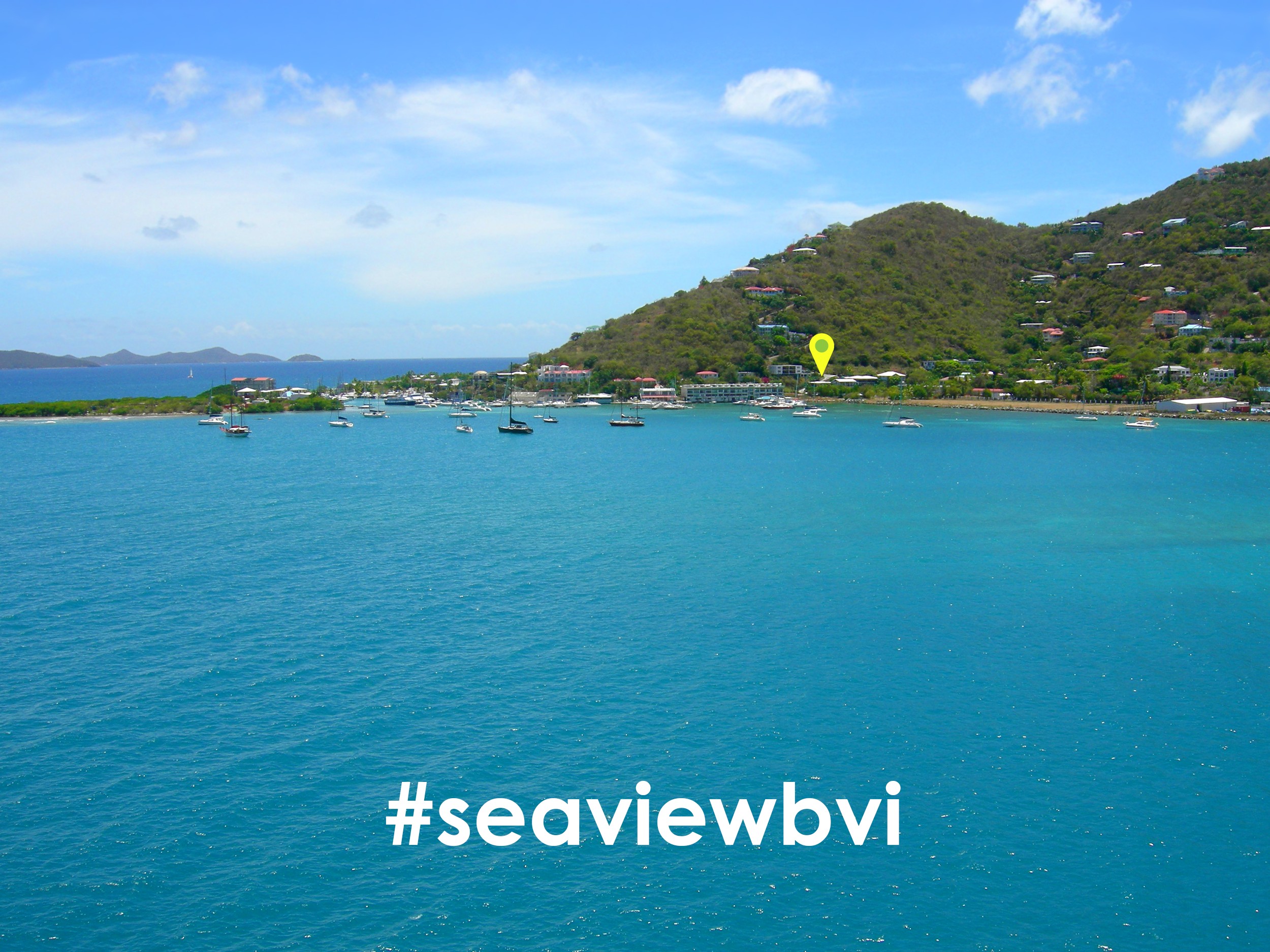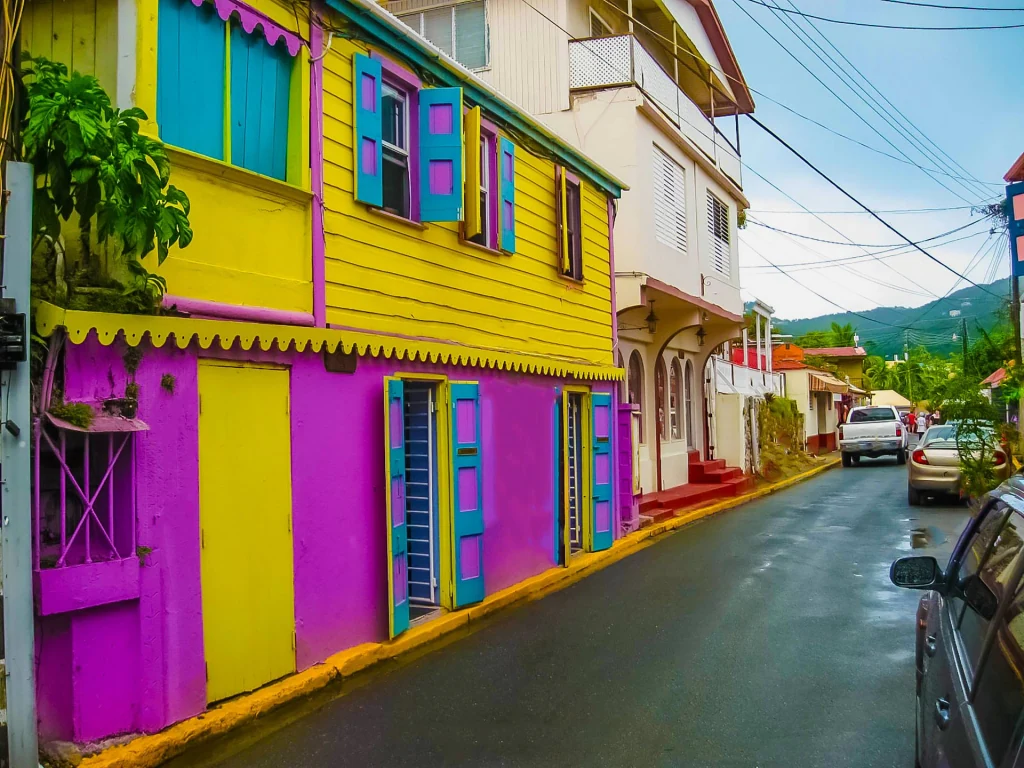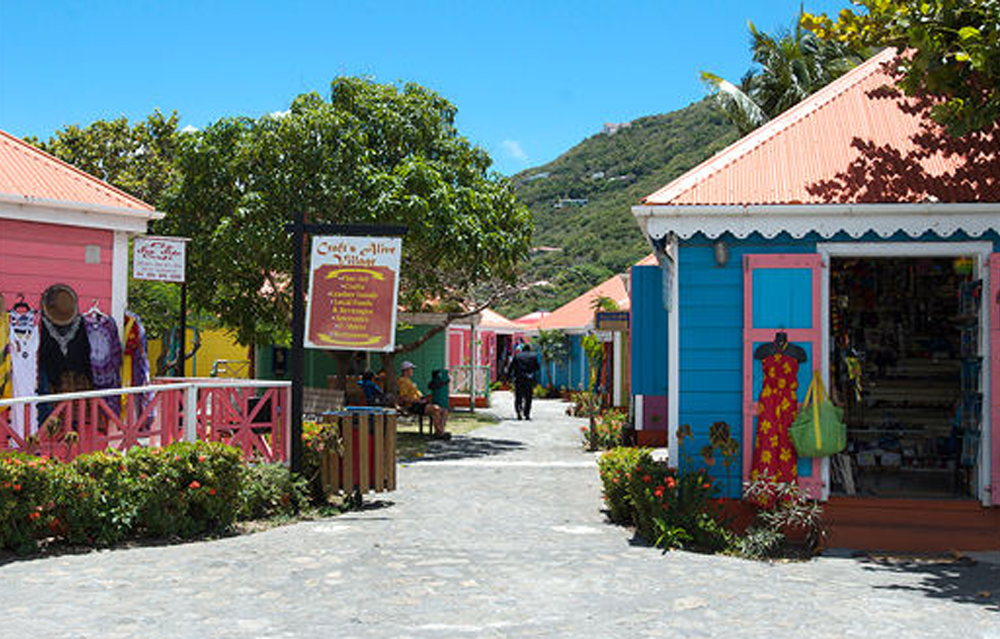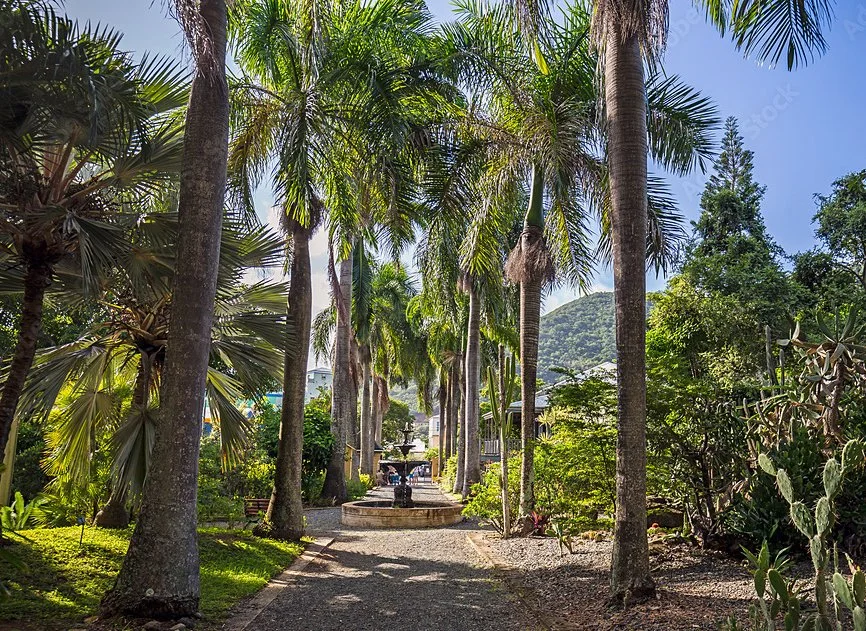In Road Town…
Old Government House Museum: This beautiful colonial-style house was the residence of Governors from 1926 to 1996 and is only a three-minute walk from Sea View. Open every day except on weekends, the Museum offers a fascinating look at the territory’s colonial past.
Main Street: Many of Tortola’s historical landmarks can be found while taking a leisurely stroll along the capital’s quaint Main Street. The old Post Office, Virgin Island’s Folk Museum, Britannic Hall, St. George’s Anglican Church and her Majesty’s Prison offer a fascinating glimpse into the British Virgin Islands past.
Sir Olva Georges Plaza: Named for the first British Virgin Islander to be knighted, the plaza was a centre of commerce and trading up until the 1970’s. A statue dedicated to the memory of Sir Olva Georges was erected in 2010.
The Noel Lloyd/Positive Action Movement Park: Named after a local hero, this park represents the opposition of locals to the Bates Hill Agreement which would have prevented locals from entering and enjoying the area. This successful fight was spearheaded by Noel Lloyd who fought passionately for this cause. In appreciation of Lloyd’s efforts, a life sized statue of him stands in the Park along with the name plates of Positive Action Movement (P.A.M.) members.
Crafts Alive Village: The vivid eye-catching colours will draw your attention to these brightly coloured wooden houses. Each house is filled with the prospect of finding the perfect souvenir or memento of your wonderful trip to the Virgin Islands. A popular juice and smoothie stall located in the Village will tempt you with flavourful tropical treats.
J.R. O’Neal Botanic Gardens: With a bountiful array of indigenous exotic tropical plants, a pergola walk, lily pond, waterfall, tropical bird houses, and miniature rain forests the Botanic Gardens is a peaceful and relaxing attraction in the heart of the capital. The gardens are named after Joseph Reynold O’Neal who led the way in the development of the National Parks Trust and the formation of the first National Park in the British Virgin Islands, Mt. Sage National Park.
1780 Lower Estate Sugar Works: Built in 1780 by the Mc Cleverty slaves, sugar was produced there up until 1940. Later uses for this building include the first Guest House in the Virgin Islands, facility for the ginning and pressing of cotton and a facility for the production of lime juice.
To find more great places to visit and to discover other cultural activities, check out the British Virgin Islands Tourist Board web site at www.bvitourism.com.








